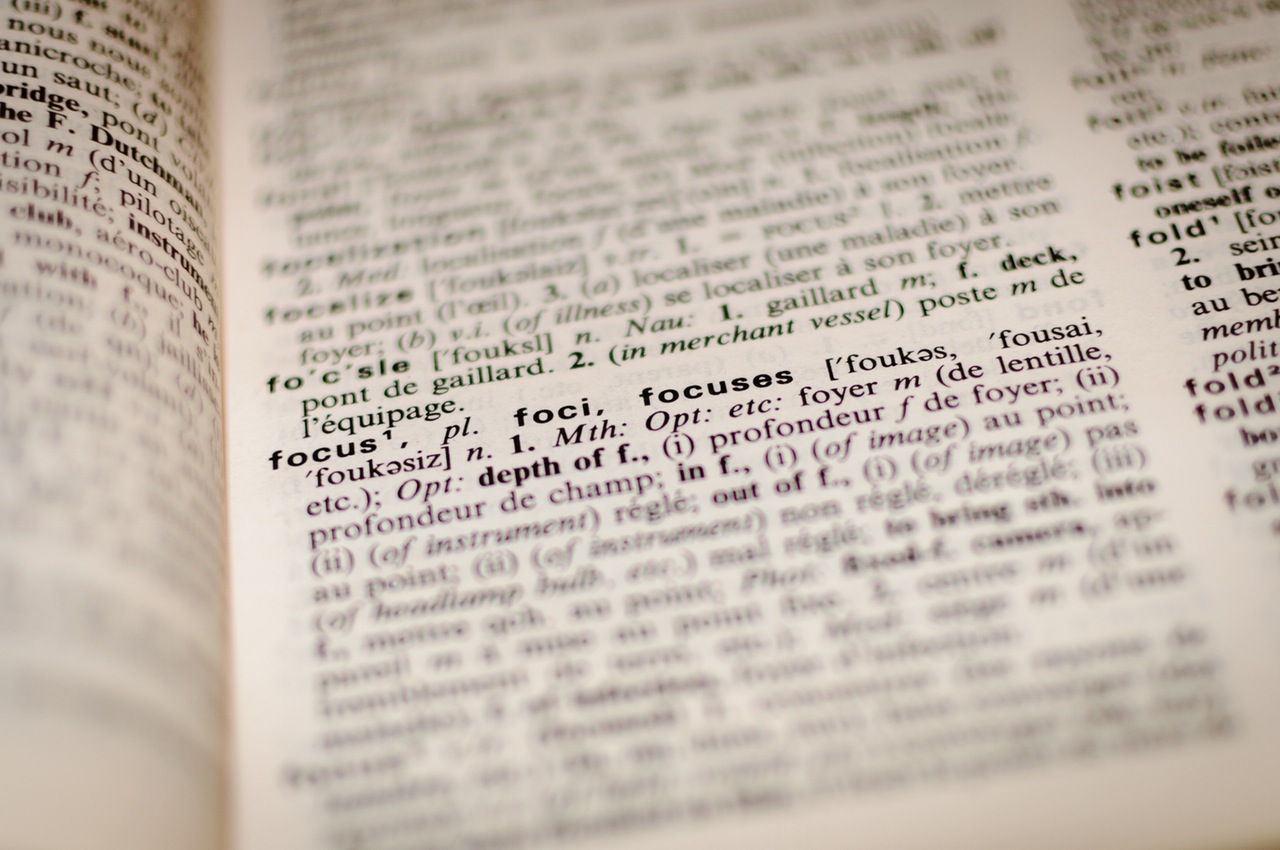In Kentucky (and in many other states) it’s almost time for the first round of All-State auditions.
This first round of auditions is used to create the roster for the local All-District band, the top percentage of those who make the All-District band will be advanced to the second round of All-State auditions.
Practice Transition
Over the previous months, you have (hopefully) been practicing the All-District/All-State music on a regular basis.
During these practice sessions, you should have been starting the music slowly and in small chunks, gradually adding additional measures or speeding up your tempo.
However, in order to have a confident and comfortable audition, you’ll need to practice the act of auditioning as well as the audition music itself.
How to Practice Auditions
First, you should read my Guide to Practicing Auditions to get an in-depth idea of how to go about practicing auditioning, but here’s a quick overview.
- Set aside 10-15 minutes to only do the audition.
- Audition at the beginning of your practice session.
- Find ways to simulate audition stress.
- Plan what you’re going to play.
- Review your audition (or don’t).
The overall idea is to come up with a plan or process for the entire audition process (from warm-up to waiting to play to the actual audition itself). Simply playing through the two audition pieces, in the context of a larger practice session after you’ve been playing for 30 or 45 minutes (and working through the challenging spots) is not a smart way to plan for the audition day.
Consider that a typical audition looks like this:
- Arrive at the audition site and check in to the audition.
- Go to the group warm-up room and warm up.
- A few minutes before your audition time, go to your assigned room. Don’t be late (you’ll often lose your time) but be prepared to wait – auditions often run late.
- Walk into the room and perform your required excerpt(s).
The two most challenging aspects of this audition process are usually knowing how to warm up effectively and being able to sit down and perform the excerpts well in an unfamiliar room, especially when some nerves might be in play.
To that end, when you’re doing audition practice, come with a relatively short (5-10 minute) warm-up process that you can play well and that gets you prepared to play the audition excerpts. This warm-up should not include extremely high or low notes, very loud notes, playing parts of other solos or excerpts, or playing through the audition music in its entirety. You can find some good warm-up materials on my Horn Exercises page, or ask your private teacher for some ideas (if you want horn lessons, you can also contact me).
After you warm up, you should give yourself a 3-8 minute break where you don’t play at all. While taking a break is the most important part, don’t underestimate the value of getting up and leaving the room. Even if you’re going to play in the same spot you warmed up, you should practice walking into the room, sitting down, and playing.
Once you start playing, challenge yourself to keep going. This is often the most difficult for younger players since the music is often quite challenging and it’s tempting to go back and fix things you miss. However, the best thing to do for the sake of your audition performance is to keep moving forward. If you miss enough notes that a measure or phrase becomes un-recoverable, simply start on the downbeat of the next measure or phrase. Repeating passages – even if you play it better the second time – will always lose you more points than simply moving forward.
Repetition Increases Comfort
Like all horn-related and music-related skills, the process of auditioning will get better with repetition.
Don’t be surprised if the first practice audition is a disaster – even if you can perform the music well during practice. Auditioning is a very specific skill, and you have to learn it just like you learned scales or lip trills.
The good news is that the first few auditions are usually the worst – and that’s why you’re getting them out of the way before the actual audition.





